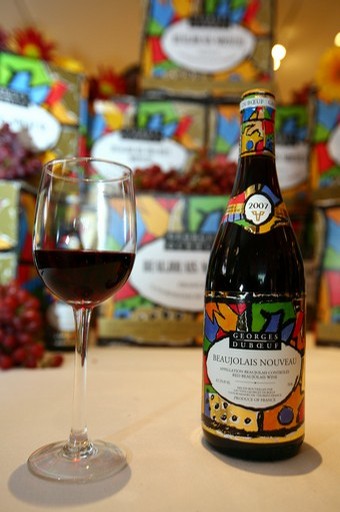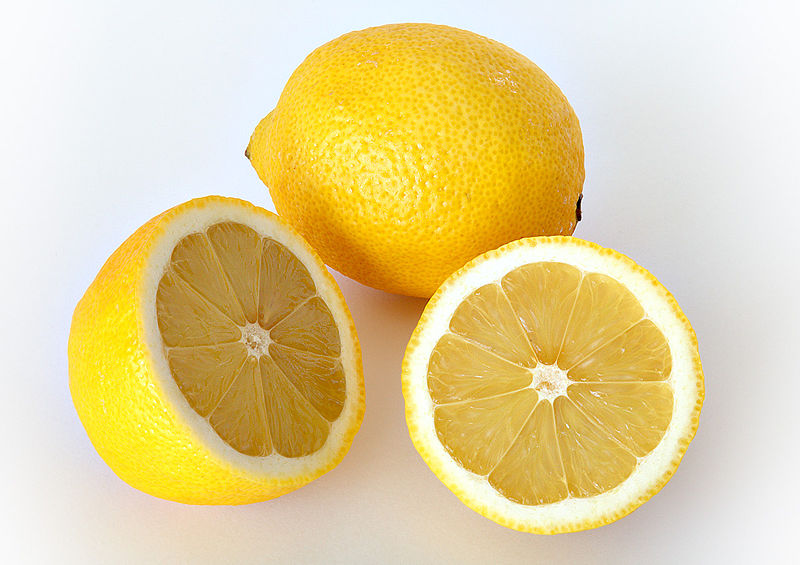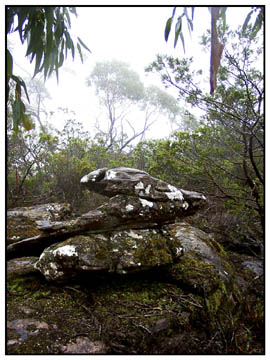 Last Thursday night I was not on my usual perch watching the (second) most amazing ALCS comeback in history. "Why not?", you ask, shocked this Red Sox fan was elsewhere.... I was attending an intimate wine dinner at (the new) L'Espalier hosted by ViniPortugal.
I would not have traded the opportunity for one moment. Much like the Red Sox game, I had my own uniquely amazing evening, learning more about the 'nerdier' side of Portuguese oenology, tasting an array of wines and bending the ear of Portugal's most revered (and perhaps most delightful) winemaker.
Last Thursday night I was not on my usual perch watching the (second) most amazing ALCS comeback in history. "Why not?", you ask, shocked this Red Sox fan was elsewhere.... I was attending an intimate wine dinner at (the new) L'Espalier hosted by ViniPortugal.
I would not have traded the opportunity for one moment. Much like the Red Sox game, I had my own uniquely amazing evening, learning more about the 'nerdier' side of Portuguese oenology, tasting an array of wines and bending the ear of Portugal's most revered (and perhaps most delightful) winemaker.
Many Americans think of Portuguese wines (beyond Port) simply as bargain, quaffing wines. Not bad, but not necessarily noteworthy or particularly complex either. When I received my invitation to last week's event, I was thrilled at the opportunity to meet Nuno Cancela de Bareu, Portugal's leading Winemaker and Consultant, and learn more about what ViniPortugal is up to these days. My experience (re)tasting about 12 wines - red, white, sparkling and dessert - only reconfirmed what I've known for sometime: Portuguese wines are worth seeking out.
Let's start at the beginning, shall we?
Nuno Cancela de Abreu is perhaps Portugal's primary, modern-day wine pioneer. He studied in both Portugal and France, ultimately receiving his degree in viticulture and enology from the Instituto Superior de Agronomia in Lisbon. He spent six years in the Duoro region, influencing the modern production of Port and Douro wines. Next, he planted a new vineyard on family land in the Dao and, as a result, launched two brands (Quinta da Giesta and Quinta Fonte do Ouro). Somehow he simultaneously managed Quinta da Romeira in the Bucelas region and single-handedly brought the wonderfully floral, minerally and fruity indigenous grape Arinto into its own. Thereafter he revolutionized Quinta da Alorna's operation in the Ribatejo region. Nuno's passion is to transform Portuguese wines (and their reputation) into fine, internationally recognized and coveted selections. And, in my humble opinion, the world should be grateful for it! He is well on his way.
Nuno was asked to introduce the group to several of his favorite Portuguese selections - not necessarily his own wines - available in the Boston market. The list of wines on offer are too long to discuss in great detail in this single post, so I'll simply list a few now and then spend some time here and there over the next months talking about various offerings in greater detail. Are you ready?
Whites
'07 Quinta de Catralvos Lisa (a lovely, fleshy, floral and clean Moscatel)
'07 Deu la Deu (aka "Muros Antigos" in Boston) Alvarinho (same as Albarino in Spain - wonderfully rich peaches and apricots, with a touch of bite)
'07 Quinta da Murta Arinto (it says Bucelas, the region, on the label, but this is 100% intensely floral and minerally Arinto - don't be confused!)
Reds
'04 Casa de Santar Rsv (a blend of Castelao, Touriga Nacional and Touriga Franca - soft, fine tannins and redberry fruits)
'06 Quinta do Coa ( a blend of Touriga Nacional, Touriga Roriz (Tempranillo) and Touriga Franca - one I had forgotten how much I enjoy, offering great floral aromas, dark fruits, some soft, caramel oak flavors and terrific spice)
'05 Cartuxa Rsv (Trincadeira, Aragonez and Alfrocheiro - this is a big food wine, offering fabulous dried plumb and raisin fruit aromas and flavors, spice and a subtle, lasting finish)
Bubbly
'07 Luis Pato Espumate Rose (this is 100% Baga, gently bubbly raspberries and strawberries!)
Dessert
Andresen 20 Yr. Tawny Port (who doesn't want hazelnuts, toffee and dried fruit flavors from their Tawny?!)
At the dinner Nuno gave us a rundown on the various regions in Portugal, how the climate and terroir impact the viticultural conditions that allow certain varietals to thrive, et. al. (Yes, I was in my happy place, gleefully unaware what was happening up the street at Fenway!) The thing to remember is Portuguese wines are made of native grape varietals - like those outlined above - you've likely never heard of. Don't think of that as intimidating or too foreign. Winemakers are following Nuno's lead, making these foreign-sounding wines approachable in the way they taste. The fact that our economy is so tough right now and the price of these wines is still amazingly "right" for the time being makes this a great place to explore. Much like the Languedoc in France offers a better price point for winelovers of the Southern Rhone (because these wines are less sought given historical winemaking practices), Portugal offers value wines that are complex, interesting and - delicious!
At the start of the evening Marcio Ferreira of ViniPortugal told us his organization's goal is to reinforce a favorable image of Portuguese wines. In speaking with Nuno, I learned just how tightly-knit their community is; fortunately, innovation, forsight and exceptional winemaking like Nuno's makes Marcio's job that much easier. They are all in it together!
Want to see for yourself? Head over to the Harvard Club tomorrow night and then report back your own findings by commenting below!
 As the first gentle snowflakes of the winter were falling here in Boston yesterday morning, I was up and at'm reading wine reviews. It's true I'm always doing research. But yesterday somehow the stage was set such that I couldn't help chuckling at some of the terminology in our wine lexicon! Have you ever noticed how often a wine - or maybe just the BEST wines - are described by some of the most colorful lingo of any (neutral) topic?
Some of the best terms (for the best wines) are words any woman would love to have poured over her (perhaps literally and figuratively!). A few of my favorites are: Smooth, Elegant, Alluring, Enticing, Polished and Supple.
As the first gentle snowflakes of the winter were falling here in Boston yesterday morning, I was up and at'm reading wine reviews. It's true I'm always doing research. But yesterday somehow the stage was set such that I couldn't help chuckling at some of the terminology in our wine lexicon! Have you ever noticed how often a wine - or maybe just the BEST wines - are described by some of the most colorful lingo of any (neutral) topic?
Some of the best terms (for the best wines) are words any woman would love to have poured over her (perhaps literally and figuratively!). A few of my favorites are: Smooth, Elegant, Alluring, Enticing, Polished and Supple.


 Last Thursday night I was not on my usual perch watching the (second) most amazing ALCS comeback in history. "Why not?", you ask, shocked this Red Sox fan was elsewhere.... I was attending an intimate wine dinner at (the new)
Last Thursday night I was not on my usual perch watching the (second) most amazing ALCS comeback in history. "Why not?", you ask, shocked this Red Sox fan was elsewhere.... I was attending an intimate wine dinner at (the new)  You've heard me talk about Syrah here and there over the months. This is because I'm a huge fan of
You've heard me talk about Syrah here and there over the months. This is because I'm a huge fan of  A couple of Wednesdays ago we talked about minerality and I promised to return to the topic of acidity, in terms of why it may/may not really matter. To simplify things for you in an already busy world, here's a quick excerpt to refresh your memory re: the basics on acidity:
If you smell a wine and your mouth waters, you are detecting acidity in the wine. If you take a sip and detect a bit of a tingling sensation on your tongue and/or the inside of your cheeks start to water, you’re also in the money. Acidity heightens the flavor of foods, or makes the wine more “food-friendly” (and also helps it age). This is a great thing, so long as the wine offers complementary amounts of fruit and tannin to balance the acidity present. This is also described as a wine where all the major components (acidity, fruit and tannin) are in balance. Too much acidity and you’ll experience a razor blade slicing through the center of your tongue. Not my idea of a good time….
A couple of Wednesdays ago we talked about minerality and I promised to return to the topic of acidity, in terms of why it may/may not really matter. To simplify things for you in an already busy world, here's a quick excerpt to refresh your memory re: the basics on acidity:
If you smell a wine and your mouth waters, you are detecting acidity in the wine. If you take a sip and detect a bit of a tingling sensation on your tongue and/or the inside of your cheeks start to water, you’re also in the money. Acidity heightens the flavor of foods, or makes the wine more “food-friendly” (and also helps it age). This is a great thing, so long as the wine offers complementary amounts of fruit and tannin to balance the acidity present. This is also described as a wine where all the major components (acidity, fruit and tannin) are in balance. Too much acidity and you’ll experience a razor blade slicing through the center of your tongue. Not my idea of a good time…. savor, swallow - I had a really hard time discerning when a wine offered minerality and when it just had nice acidity. To my beginner palate, the mouthwatering juices in my mouth were one in the same with a wine with a little 'bite', if you will. I found I struggled with this concept when tasting white wines more often than reds. Many whites offer crisp, citrusy flavors. I associated this crispness with minerality. But when I really got the hang of tasting - whites and reds alike - I was able to disassociate the two, or detect each of these components separately, should they be evident in the wine.
Let's start with
savor, swallow - I had a really hard time discerning when a wine offered minerality and when it just had nice acidity. To my beginner palate, the mouthwatering juices in my mouth were one in the same with a wine with a little 'bite', if you will. I found I struggled with this concept when tasting white wines more often than reds. Many whites offer crisp, citrusy flavors. I associated this crispness with minerality. But when I really got the hang of tasting - whites and reds alike - I was able to disassociate the two, or detect each of these components separately, should they be evident in the wine.
Let's start with